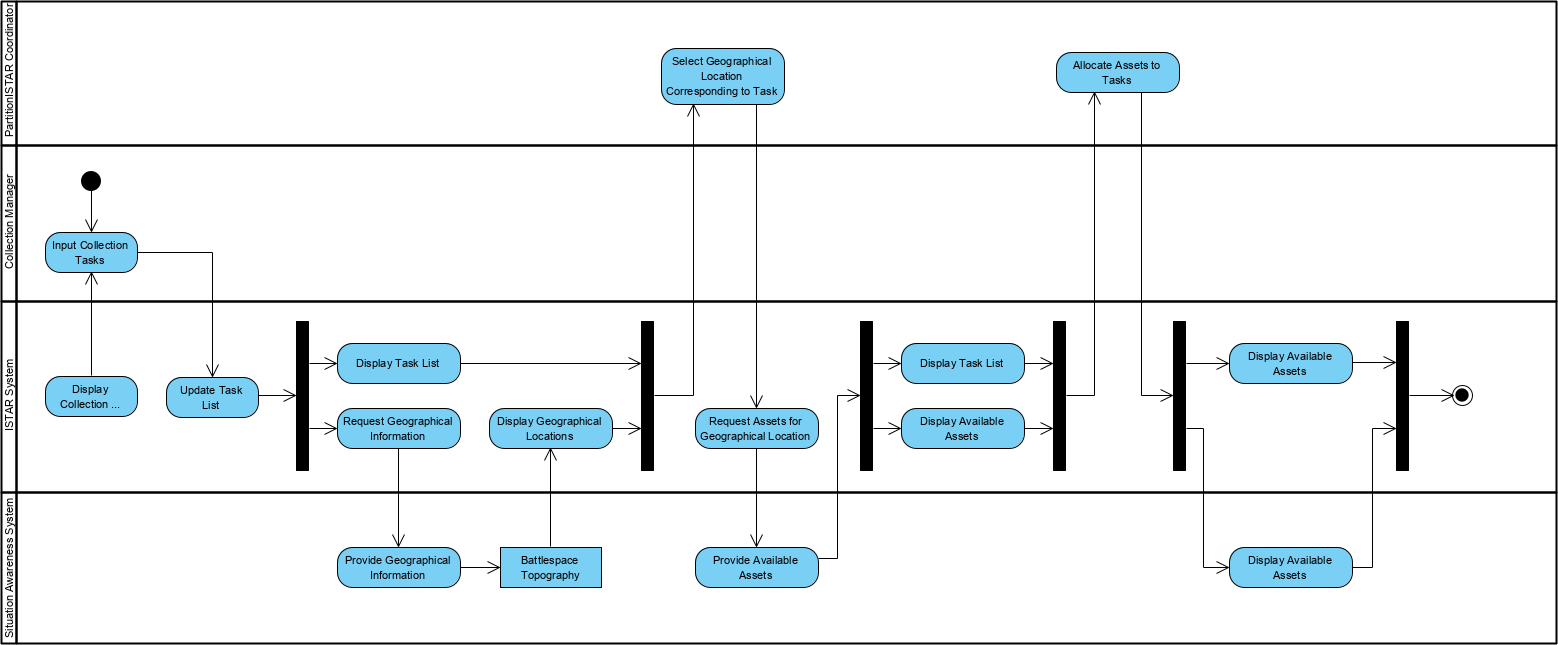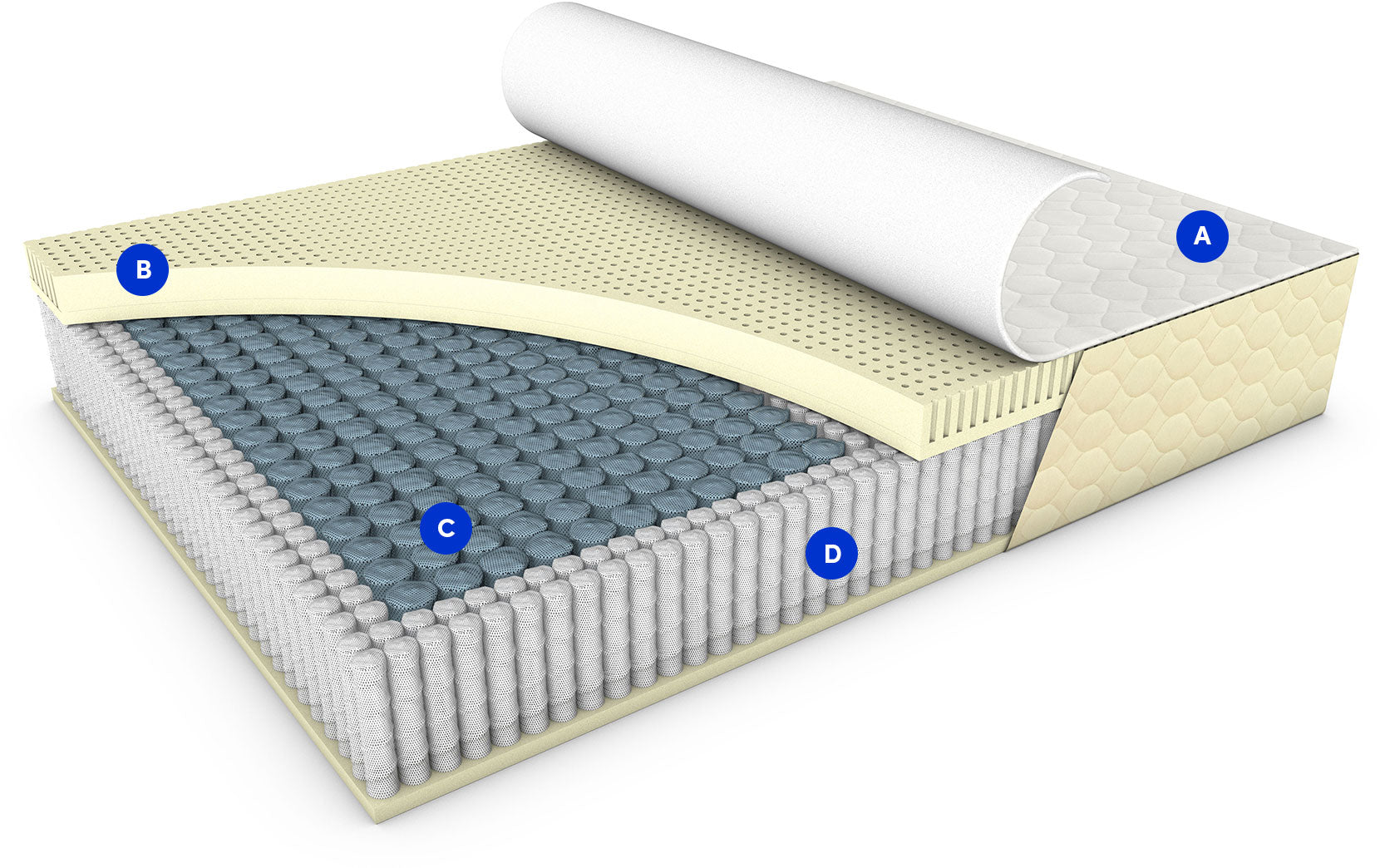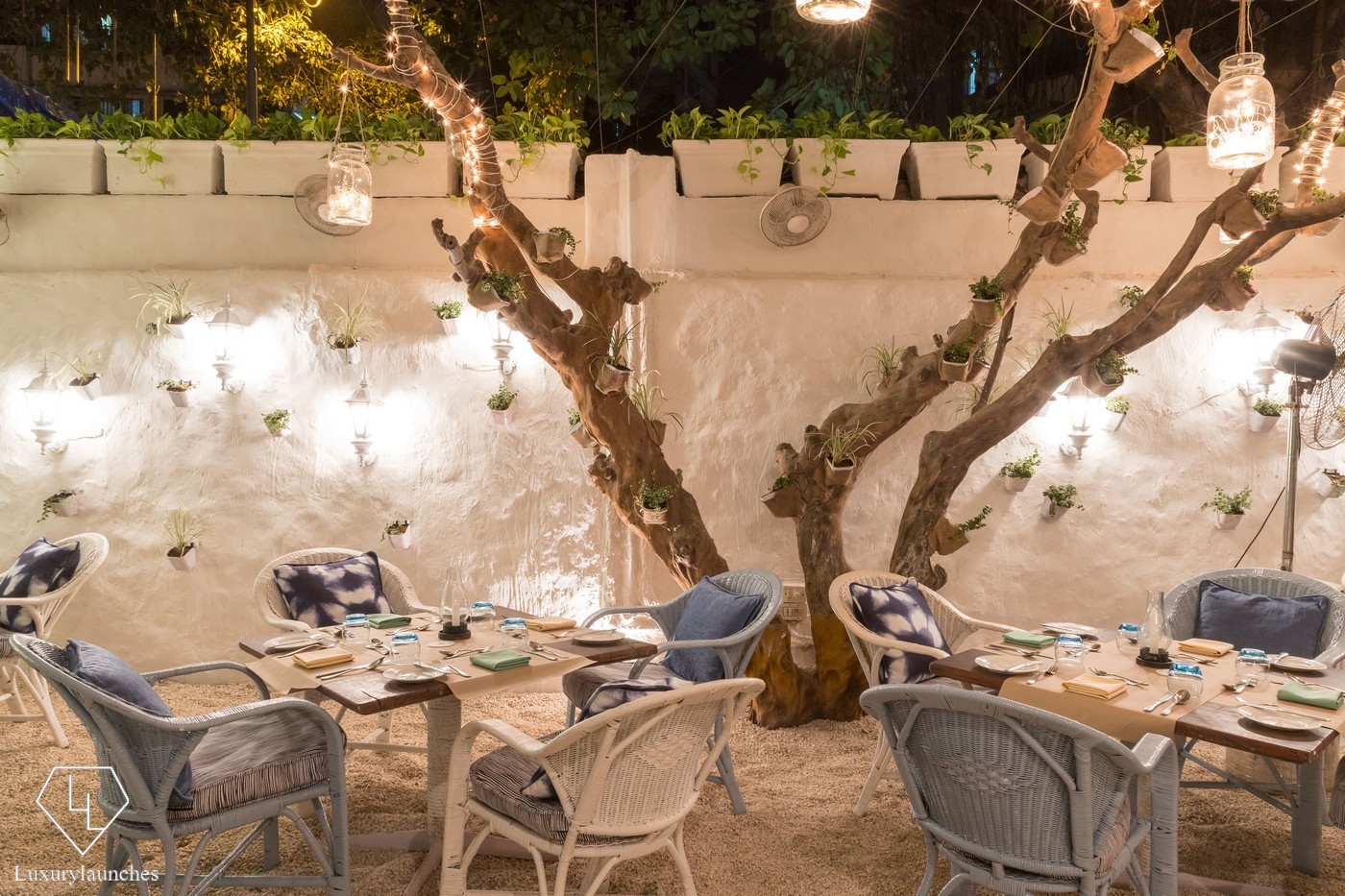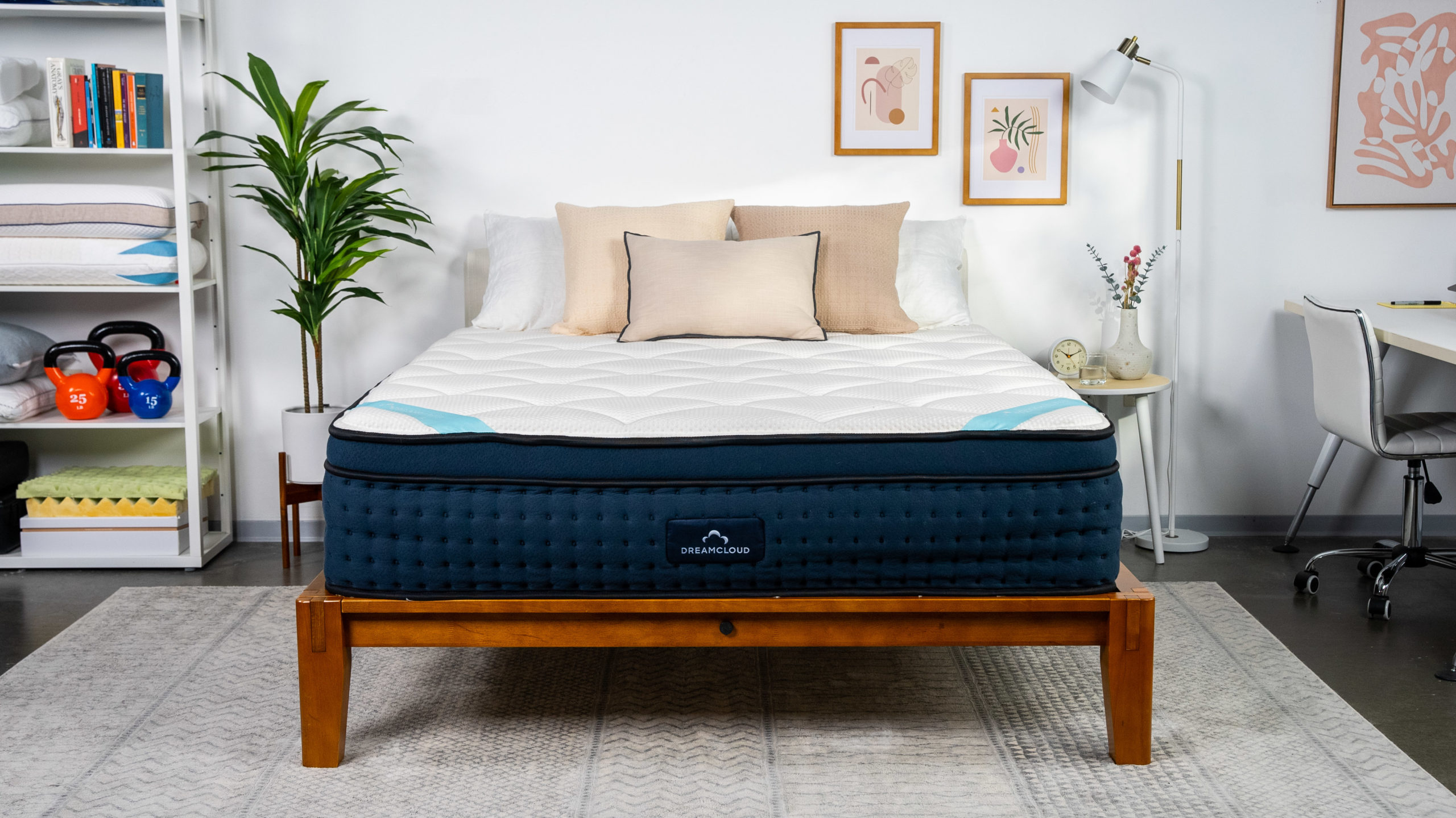Balance
Balance is an essential principle in interior design, especially in the living room. It refers to the distribution of visual weight in a room, creating a sense of equilibrium. Achieving balance in your living room means arranging furniture, decor, and other elements in a way that feels visually balanced and harmonious.
There are two types of balance: symmetrical and asymmetrical. Symmetrical balance is achieved by placing identical or similar objects on either side of an imaginary line, creating a mirror effect. Asymmetrical balance, on the other hand, involves arranging different elements with equal visual weight to create a sense of balance. Whichever type of balance you choose, it is crucial to ensure that your living room feels visually balanced and not too heavy on one side.
Proportion
Proportion refers to the size relationship between different elements in a room. It is important to achieve proper proportion in your living room to create a sense of harmony and balance. For instance, if you have a large sofa, you should balance it out with larger pieces of decor or furniture. On the other hand, if you have a small living room, it is best to stick to smaller furniture and decor to avoid overwhelming the space.
Proportion also plays a crucial role in creating a focal point in your living room. A focal point is a dominant element that draws the eye and creates a sense of interest. By using proportion effectively, you can highlight a particular area or object in your living room and make it stand out.
Scale
Scale is closely related to proportion, but it refers to the size of an object in relation to the entire room. It is important to choose furniture and decor that is appropriate for the size of your living room. For instance, placing a large, bulky sofa in a small living room will make the space feel cramped and uncomfortable. On the other hand, a small sofa in a large living room will look out of place and not provide enough seating. It is crucial to find the right balance of scale to create a harmonious and visually appealing living room.
Emphasis
Emphasis refers to creating a focal point or highlighting a particular element in your living room. This could be achieved through color, texture, or placement of furniture and decor. A focal point adds interest and draws the eye, creating a sense of balance and harmony in the room. It could be a statement piece of furniture, a bold piece of artwork, or a unique feature in the room.
When creating an emphasis in your living room, it is important to consider the overall design and ensure that the focal point complements the rest of the space. It should also be placed strategically to create balance and harmony in the room.
Rhythm
Rhythm is an important principle in interior design that refers to the visual flow and movement in a space. In your living room, rhythm can be created through repetition, contrast, or progression. For instance, you could use repeated patterns in your decor or furniture to create a sense of rhythm. Alternatively, you could use contrasting elements to add interest and create a dynamic flow in the room.
Rhythm also helps to create a sense of unity and harmony in a space. By using elements that complement each other, you can create a cohesive and visually appealing living room.
Harmony
Harmony in interior design refers to the overall feeling of unity and balance in a space. It is achieved by using elements that complement each other and create a cohesive look. In your living room, harmony can be created through color, texture, and style. By choosing a color palette and sticking to it, using similar textures throughout the room, and keeping the overall style consistent, you can create a harmonious and visually appealing living room.
Contrast
Contrast is another essential principle in interior design that involves using elements that are different from each other to create interest and balance. This could be achieved through color, texture, or shape. In your living room, contrast can be used to create a focal point, add depth, and create visual interest.
However, it is important to use contrast in moderation to avoid overwhelming the space. Too much contrast can create a chaotic and unbalanced look in your living room.
Unity
Unity is the result of effectively combining all the above principles to create a cohesive and visually appealing living room. It is achieved through careful planning, balance, and harmony. By using elements that complement each other and following a consistent design style, you can create a unified and harmonious living room.
Functionality
While aesthetics are essential in interior design, functionality should never be overlooked. Your living room should be a space that is both beautiful and practical. It should serve its purpose as a place for relaxation, entertainment, and socializing. When designing your living room, consider the layout, furniture placement, and flow of the space to ensure that it is functional and meets your needs.
Comfort
Last but not least, your living room should be a comfortable and inviting space. This can be achieved through the use of cozy furniture, soft textures, and warm lighting. Comfort should be a top priority when designing your living room, as it is the space where you and your loved ones will spend most of your time. Make sure to create a space that is welcoming, comfortable, and reflects your personal style.
In conclusion, incorporating these top 10 interior design principles into your living room can help create a harmonious, visually appealing, and functional space. Remember to consider balance, proportion, scale, emphasis, rhythm, harmony, contrast, unity, functionality, and comfort when designing your living room, and you will have a space that you can be proud of.
Creating a Cohesive Color Scheme

The Importance of Color in Interior Design
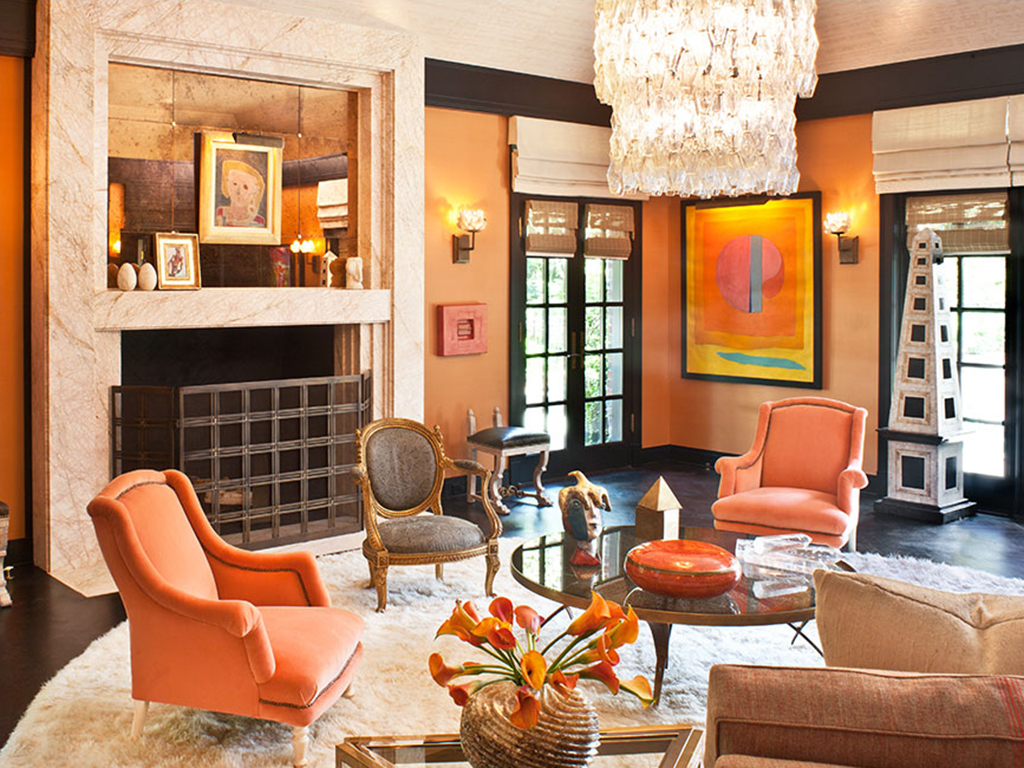 Color plays a crucial role in creating a harmonious and visually appealing living room. When designing a space, it's important to consider the
main keyword
of "interior design principles for living room" and use it as a guide for color choices. The color scheme should reflect the overall theme and mood of the room, as well as the personal style of the homeowner. Whether it's a bold and vibrant look or a more subtle and calming feel,
color
can greatly impact the overall
design
of a living room.
Color plays a crucial role in creating a harmonious and visually appealing living room. When designing a space, it's important to consider the
main keyword
of "interior design principles for living room" and use it as a guide for color choices. The color scheme should reflect the overall theme and mood of the room, as well as the personal style of the homeowner. Whether it's a bold and vibrant look or a more subtle and calming feel,
color
can greatly impact the overall
design
of a living room.
Choosing a Color Scheme
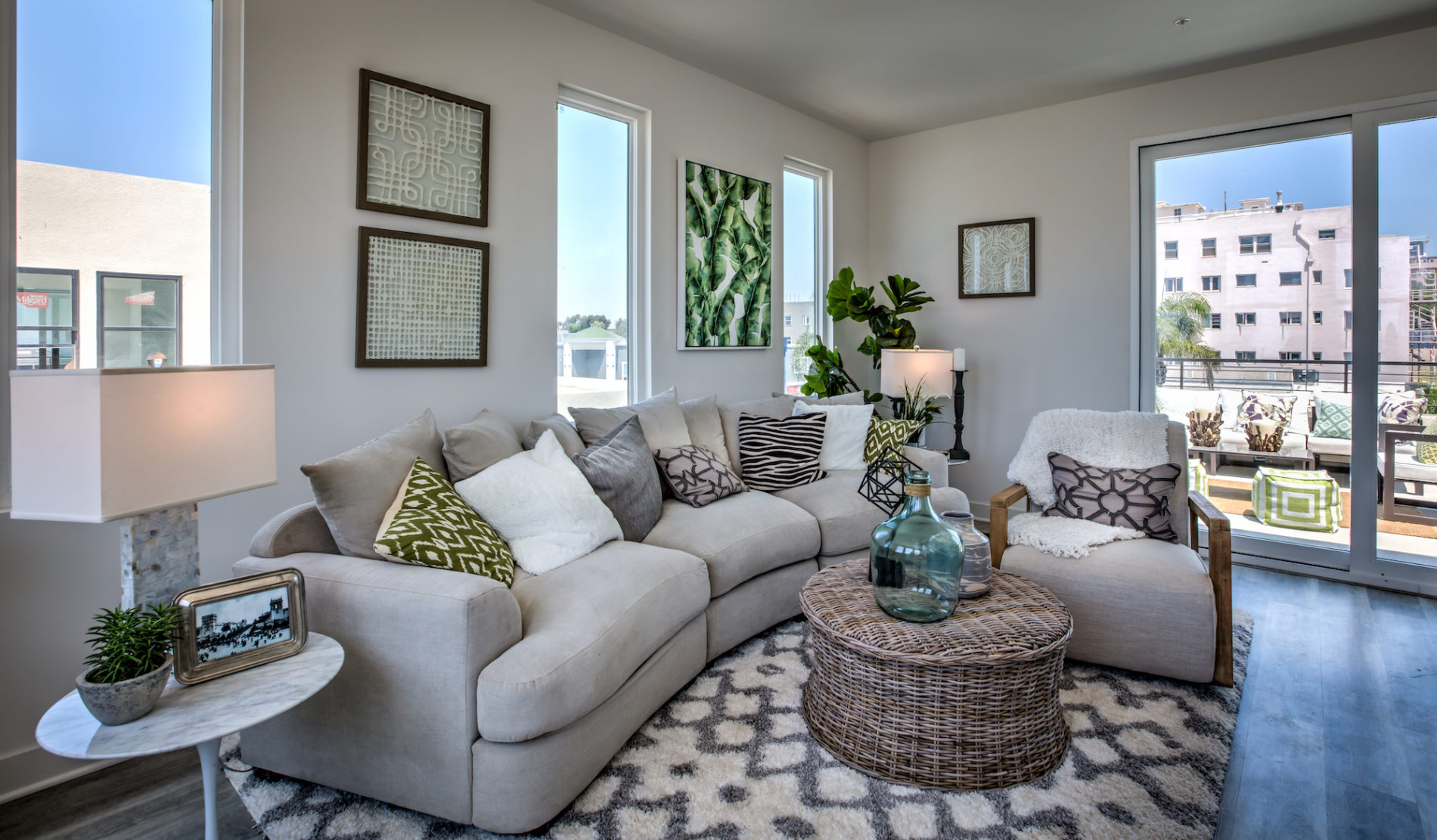 The first step in creating a cohesive color scheme is to determine the
main color
or
color palette
for the room. This can be based on personal preference or inspired by a specific theme or style. For example, a beach-themed living room may feature a
color palette
of blues, whites, and sandy neutrals. Once the main
color
is chosen, it's important to
incorporate
complementary
colors
to add depth and interest to the room.
The first step in creating a cohesive color scheme is to determine the
main color
or
color palette
for the room. This can be based on personal preference or inspired by a specific theme or style. For example, a beach-themed living room may feature a
color palette
of blues, whites, and sandy neutrals. Once the main
color
is chosen, it's important to
incorporate
complementary
colors
to add depth and interest to the room.
Using Color to Create Balance
/cdn.vox-cdn.com/uploads/chorus_image/image/60077225/House_Calls_Brooklyn_Zames_Williams_living_room_2_Matthew_Williams.0.jpg) When designing a living room, it's important to create a sense of balance and
harmony
using
color
. This can be achieved by incorporating a variety of
tones
and
shades
of the main
color
throughout the room. For example, a navy blue sofa can be balanced out with lighter shades of blue in the curtains, pillows, and accessories. It's also important to consider the
scale
of
color
in the room. A large, bold piece of furniture or accent
color
can be balanced out with smaller pops of
color
throughout the room.
When designing a living room, it's important to create a sense of balance and
harmony
using
color
. This can be achieved by incorporating a variety of
tones
and
shades
of the main
color
throughout the room. For example, a navy blue sofa can be balanced out with lighter shades of blue in the curtains, pillows, and accessories. It's also important to consider the
scale
of
color
in the room. A large, bold piece of furniture or accent
color
can be balanced out with smaller pops of
color
throughout the room.
Final Thoughts on Color in Interior Design
 In conclusion,
color
is a powerful tool in interior design and should be carefully considered when designing a living room. By choosing a cohesive color scheme and using
color
to create balance and
harmony
, a living room can become a visually stunning and inviting space. Remember to always keep the
main keyword
of "interior design principles for living room" in mind when making
color
choices and let it guide the overall
design
of the room.
In conclusion,
color
is a powerful tool in interior design and should be carefully considered when designing a living room. By choosing a cohesive color scheme and using
color
to create balance and
harmony
, a living room can become a visually stunning and inviting space. Remember to always keep the
main keyword
of "interior design principles for living room" in mind when making
color
choices and let it guide the overall
design
of the room.













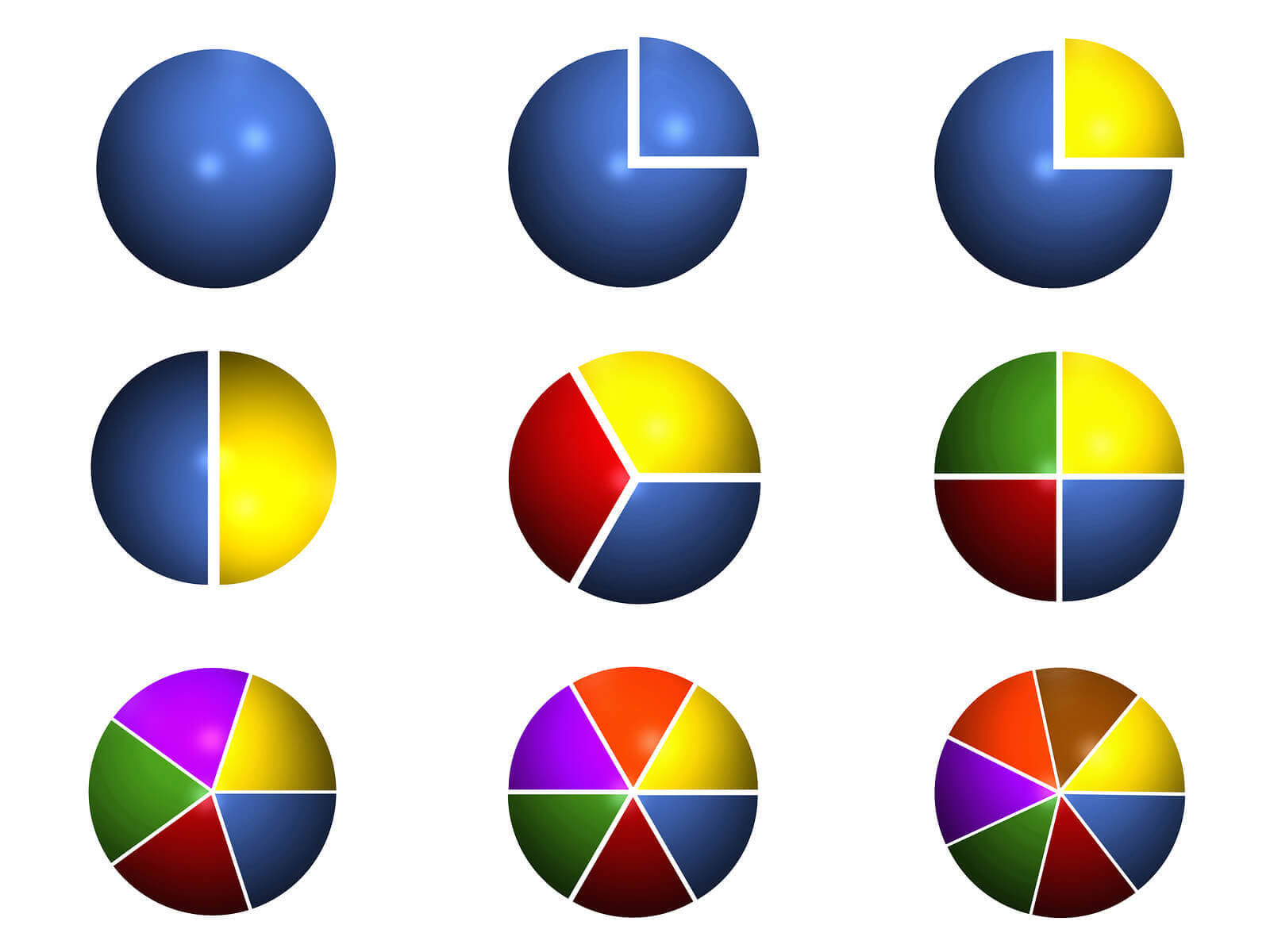



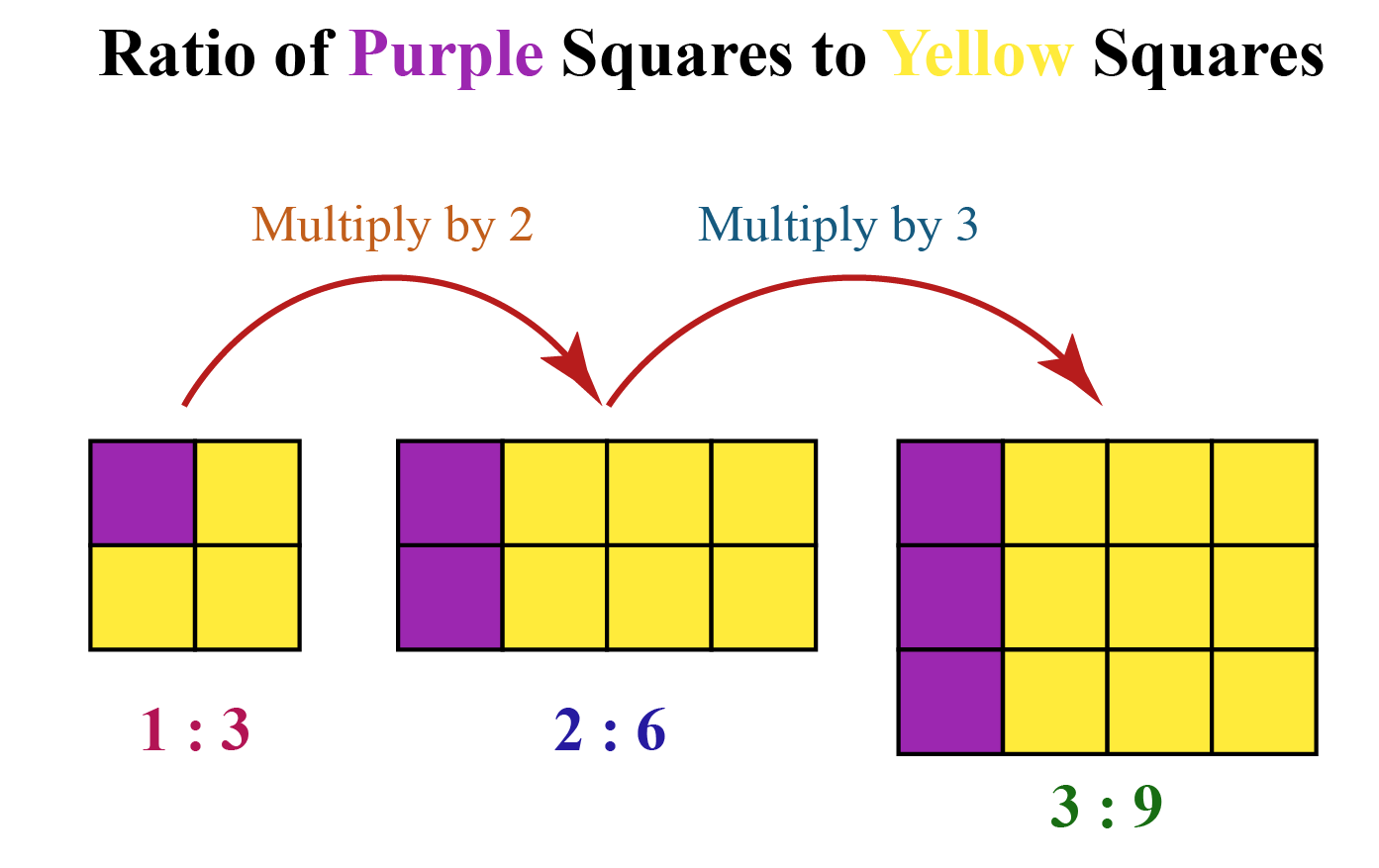

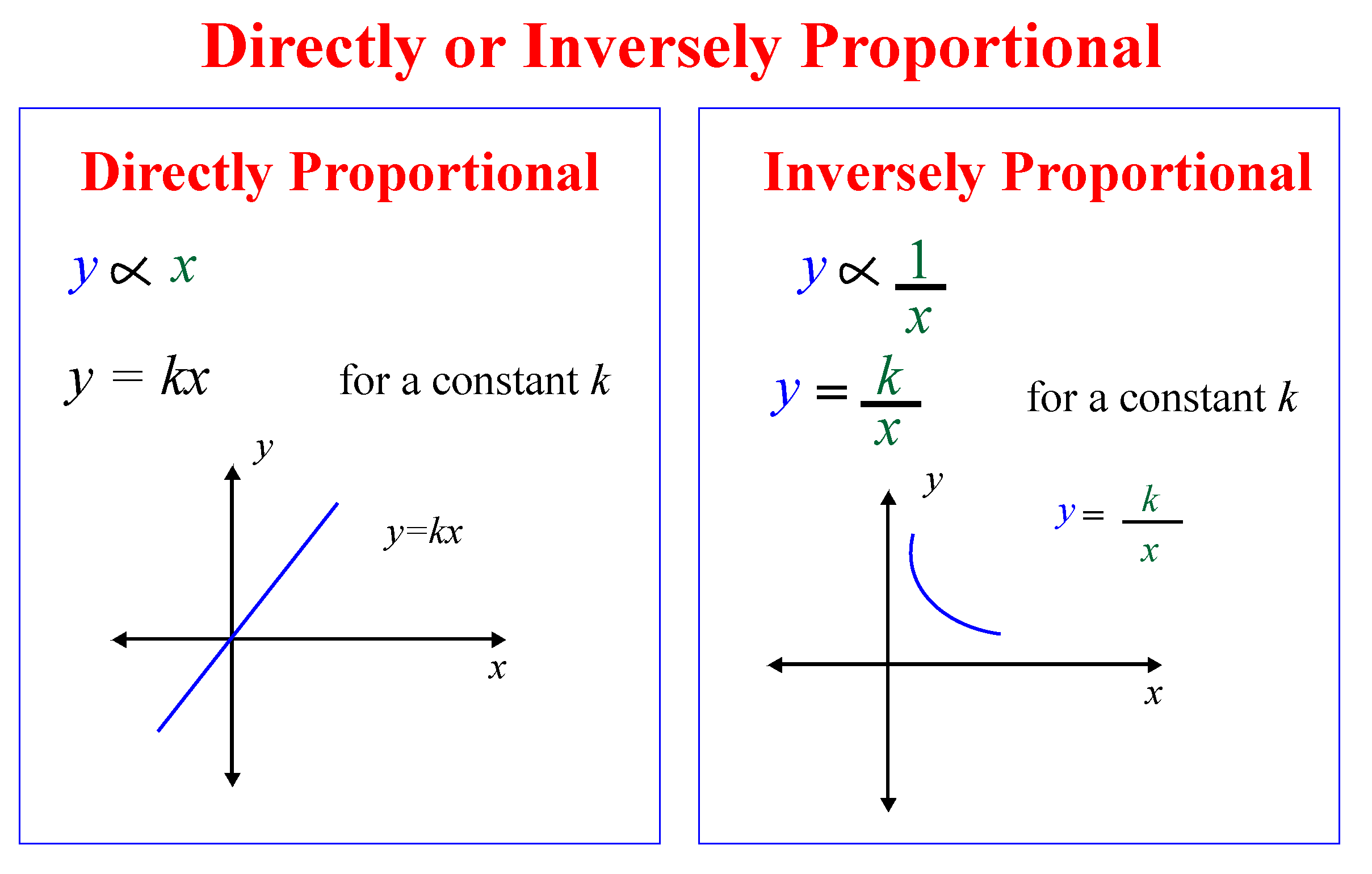


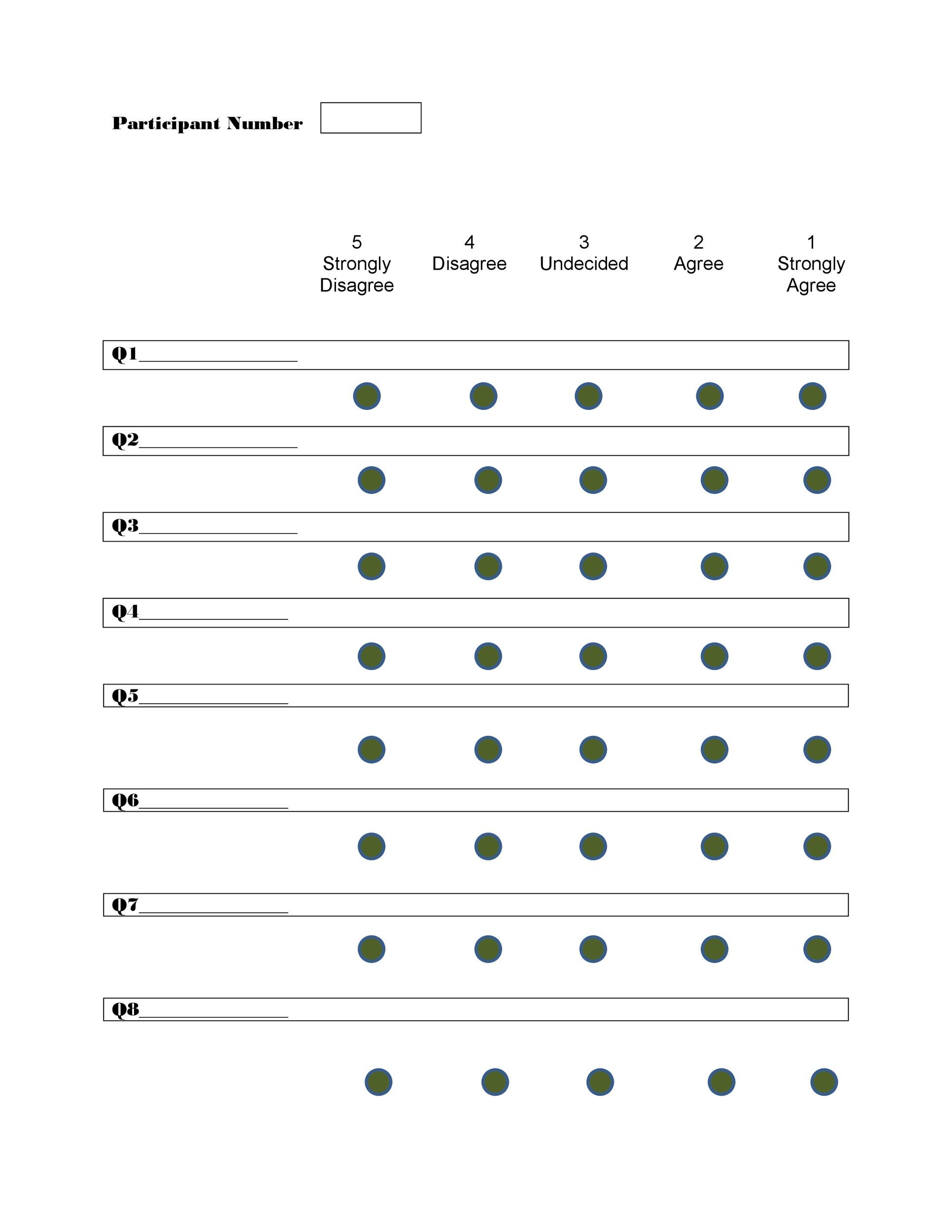













/Getty_Emphasis-167532036-56afa5cc3df78cf772c714d1.jpg)
/103860482-56a03d613df78cafdaa09dc5.jpg)






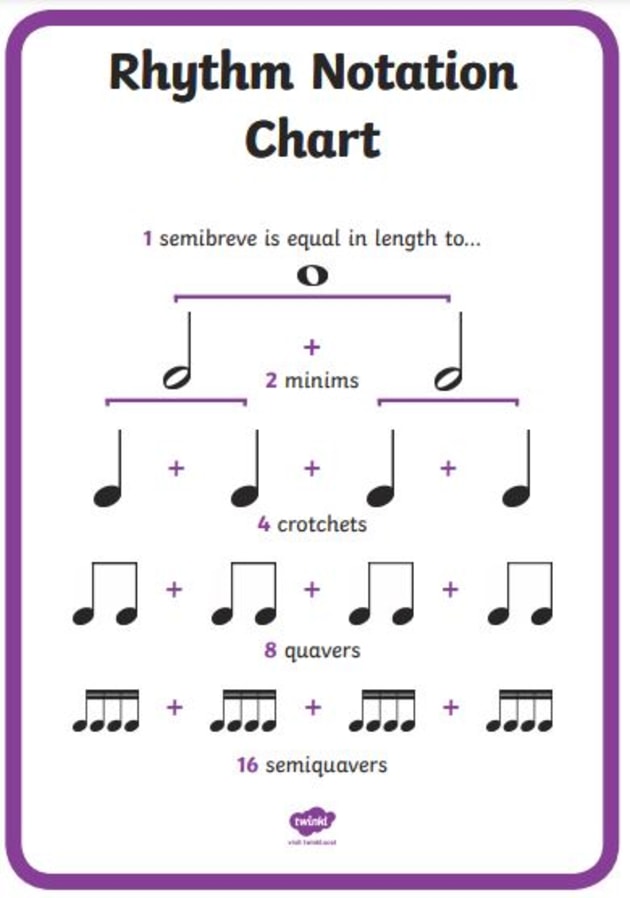





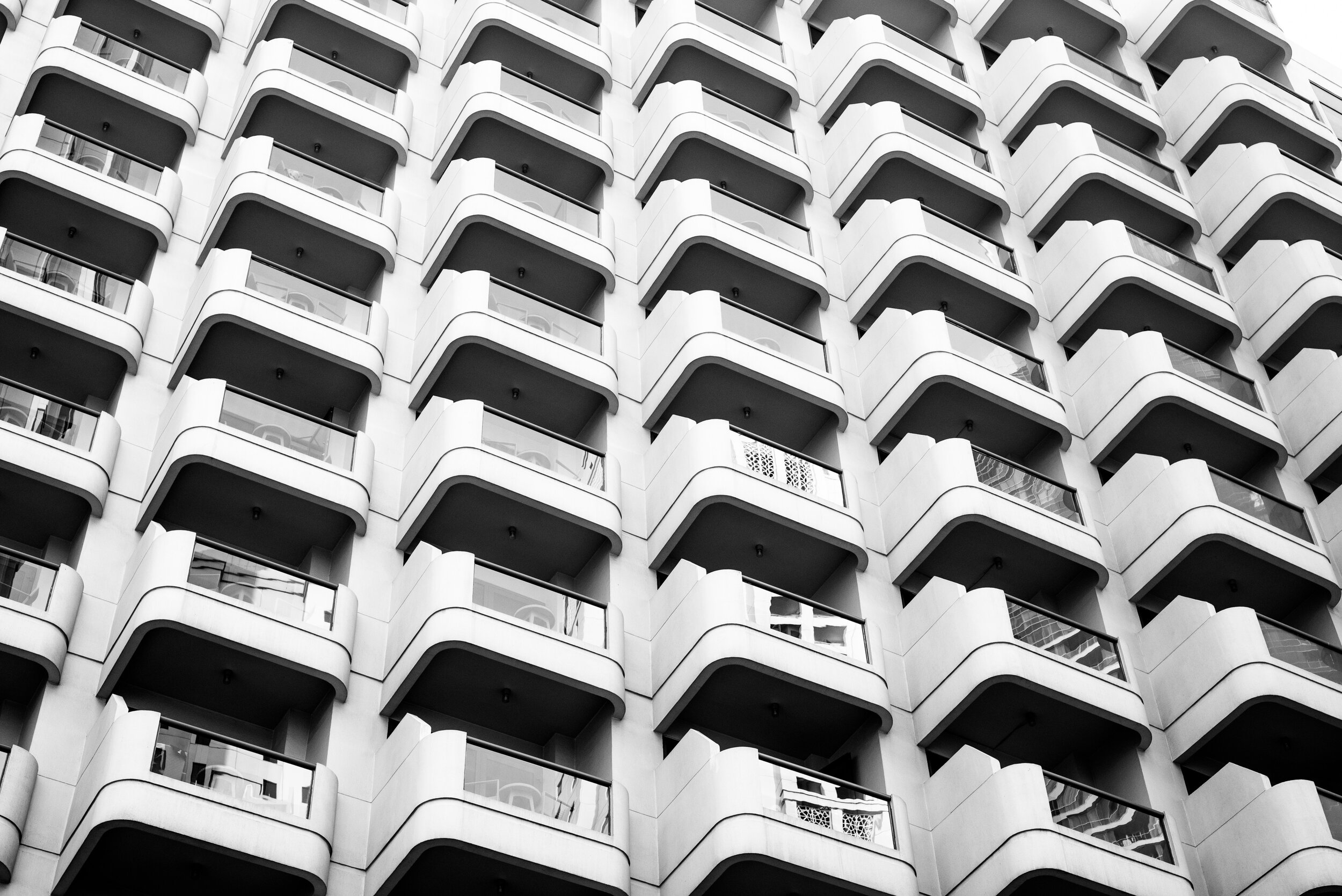













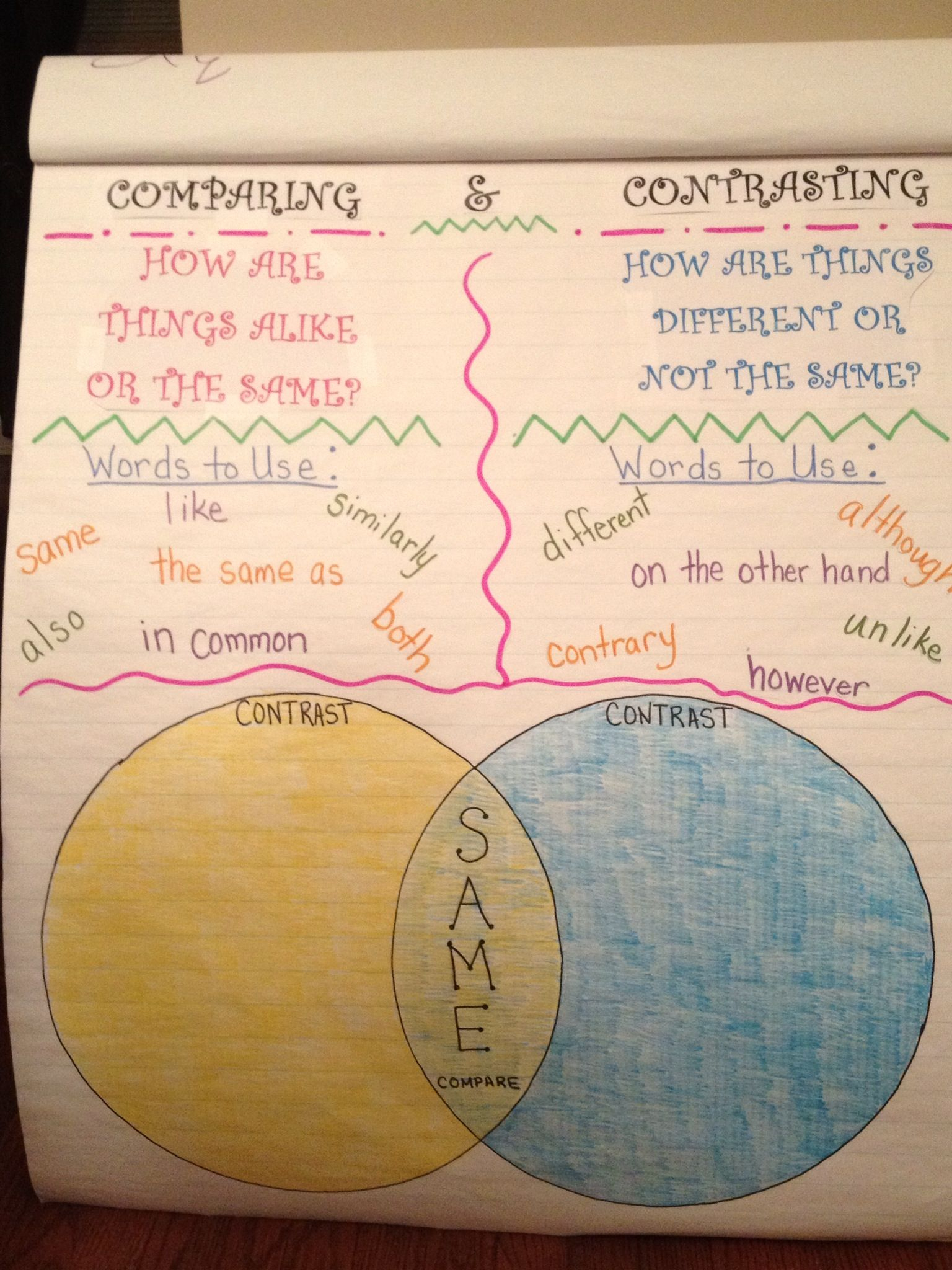







/170063121-56a03d603df78cafdaa09dc2.jpg)



















/182786404-56a9f6725f9b58b7d00038e0.jpg)

